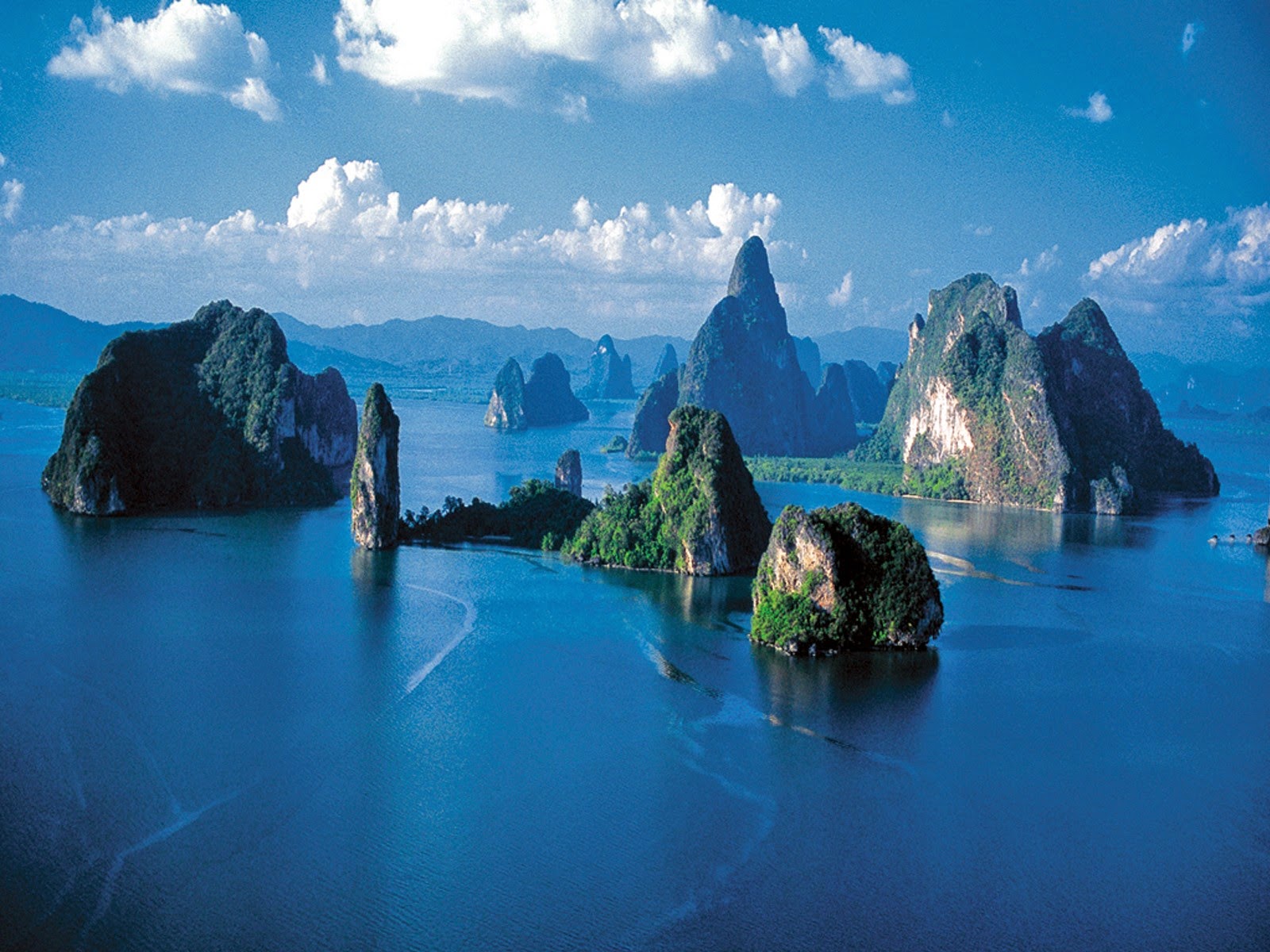Becoming
Again, Ran Hwang’s meditation on transience, is a fitting last exhibition
at Third Floor, before the gallery closes for a one-year refurbishment. Launched in 2006, Third Floor is a non-commercial art space
that promotes contemporary art by commissioning and presenting works in the Hermes
flagship store on Orchard Road. Next month, the iconic Liat Towers flagship
store closes for a one-year refurbishment.
It is fitting then, that the last exhibition
to show in that space, South Korean artist Ran Hwang’s Becoming Again, is a meditation on time. For indeed the 10 years
since the inauguration of Third Floor (located on the third floor of the store)
have flown by in a flurry of shows including works by Takashi Kuribayashi (in
conjunction with the Singapore Biennale 2006), Laurence Dervaux, Heman Chong,
Flavia Da Rin, Luis Terán, Rei Sato, Ming Wong, Yeondoo Jung, Ranjani Shettar,
Christine Ay Tjoe, Shinji Ohmaki, Joo Choon Lin, Nadim Abbas and Aiko
Tezuka.
Becoming
Again is an immersive multimedia one-work installation, comprising
a curved wall of Plexiglas that forms a shimmering screen studded with buttons
arranged obsessively as a conflagration of cherry blossoms. As you watch, the
blossoms glow with projected, shifting lights, changing colour and shapes in a
kaleidoscope of moods; a golden phoenix unfurls its wings to the left and
majestically flaps through the cherry forest to the right before a climax of
golden showers. The artist, Ran Hwang, swathed in a grey dotted shawl, guides
us through the work, a meditation on the cyclical nature of time, the brevity
and fragility of life, which is represented by the evolving flowers, first
chastely pale, then prettily pink, then autumnal gold, then fading into the void
as the cycle begins again. The mythical phoenix – a symbol of grace, infinity
and renewal – echoes the transient nature of existence that is at the core of
Hwang’s work.
Why
buttons?
Beauty can be found in the most ordinary, and the humble
button is a metaphor for the ordinariness of human existence. I want to encourage an appreciation
of the simple things we overlook in the frantic course of everyday.
Your work
uses a feminine vocabulary, with materials from fashion such as buttons, pins
and needles.
My first memories of art were of my father avidly painting
Chinese inks and I must have been five or six, very introverted, grinding his
ink stone for him. While he painted, I would be drawing by his side. I spent
all my time drawing, all through school and one day I started making paper
dolls and making Barbie dresses for them and all of a sudden I found myself
with friends! I became very popular, and from that time I became very
interested in fashion.
When I went to study in New York, I scoured the flea markets
and I would find old Chinese pieces of embroidery, and that fascinated me. I found
many beautiful used items that were abandoned, and that was when I first
discovered the beauty in found objects. I began to use those to create mixed
media collages. My first job in New York was interning at an embroidery company.
One day in the office, I found a stash of abandoned buttons in a corner. These
lifeless, worthless abandoned objects were like me. I was working for a living
in the day and could only work on art at night and I identified with the buttons.
And so I decided to resuscitate these beautiful discarded buttons as works of
art. I began to work more and more with buttons and now I make my own buttons
using a traditional Asian method. Each button is made of seven layers of paper,
then varnished, made just for me.
You also
utilize traditional Eastern imagery.
My dad, a writer who passed away more than 10 years ago, and
who never got to see my works, had influenced me a lot in this. His paintings
were traditional scholar’s subjects of bamboo and plum blossoms, etc. And after
I moved to New York, I began to feel the pull of tradition and history,
especially embedded in vintage objects. And if I need to categorize my work,
then I’m a Post-Modernist; even if the visuals may be figurative and
traditional, but the techniques and medium are contemporary, so this isn’t
exactly traditional.
When did
you decide that you would be an artist?
I never wanted to be anything else! Right from the time that I
was drawing Barbie dresses with my father, I knew I would be an artist. Now I
have a permanent team of 25 working for me full time, in both Seoul and New
York. I have so much to tell after surviving some really challenging personal
times. I’m really grateful that I can create the art that I do.
How does
Singapore and this collaboration with Hermes make you feel?
Before I arrived, I thought I would only find buildings here and
I was surprised to find so much greenery! There’s also this combination of old
and new, the organic and the man-made that I find really interesting. The Third
Floor-Hermes space was inspiring because the sides consist of glass. This potentially
makes the projected image different during daytime and night. Due to the low
ceiling, the work also fills up the exhibition space, so the viewer solely
focuses on the work and gets overwhelmed by the scale of it.
Becoming Again is on
till 31 January 2015. Time: 10:30 am to
7:30 pm daily. Third Floor - Hermès, 541 Orchard Road, Liat Towers. Free
admission






